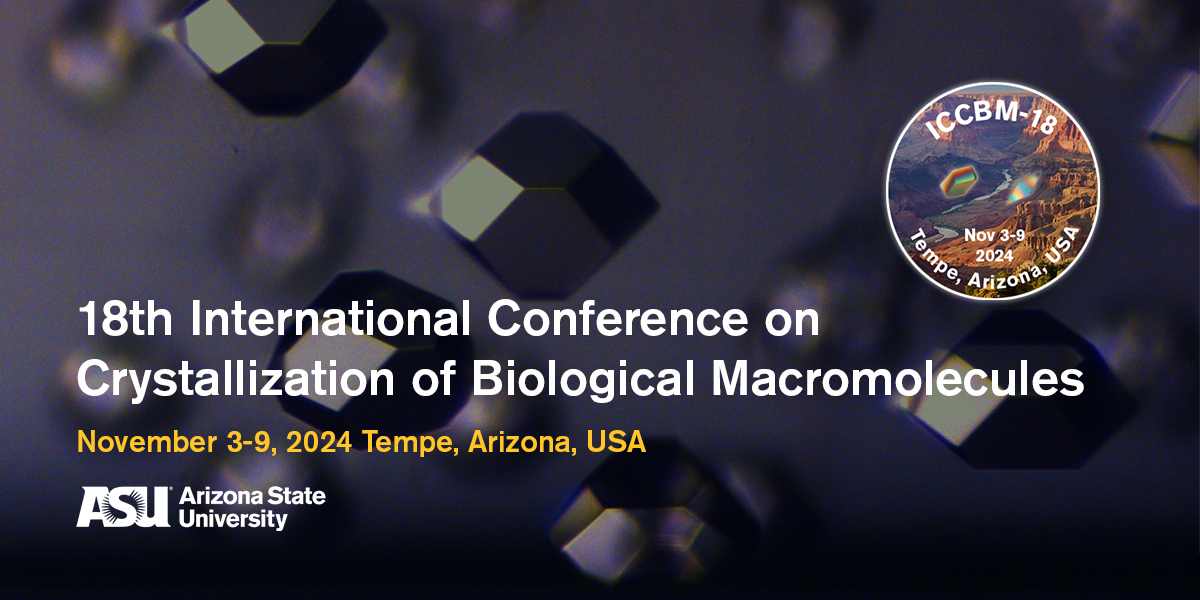

Submit Abstract
- Deadline: October 20, 2024.
- Prepare your abstract as a one-page PDF file.
- Name your PDF file in the following format: LastName_FirstName ICCBM Abstract (e.g., Fromme_Petra ICCBM Abstract).
- Email the PDF to [email protected]
- In the subject line of your email, include your last name and first name in the following format: LastName_FirstName ICCBM Abstract (e.g., Fromme_Petra ICCBM Abstract).
Conference Organizers

Petra Fromme
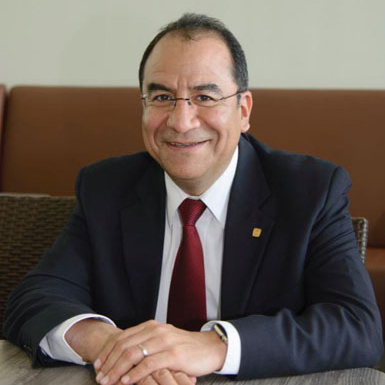
Abel Moreno
Abel Moreno is an international leader in protein crystallization and protein crystallography. For many years, his research has been focused on the physical and chemistry of protein nucleation, protein crystal growth applied to small molecules and biological macromolecules. He is also an expert in biomineralization processes in living organisms. Most of his contributions have been focused on methods for protein crystallization to the enhancement of the crystal quality using X-ray diffraction. He was one of the creators of the protein crystallization methods in capillary tubes and the counter-diffusion methods. Recently, he has concentrated all his efforts on the drug´s design problem based on structural chemistry and artificial intelligence.
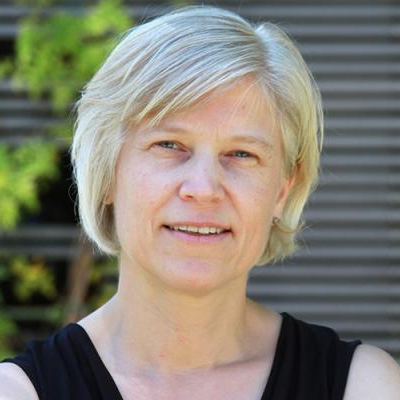
Alexandra Ros
Alexandra Ros is professor in the School of Molecular Sciences at Arizona State University. She is known for her work on microfluidic platforms and their bioanalytical applications. Throughout her career at the interface between chemistry, biophysics and engineering, Dr. Ros has developed microfluidic separations systems using electrokinetic approaches for biomolecules, organelles and cells and advanced hyphenated analytical systems. She also contributed microfluidic techniques for protein crystallography, including crystallization screening devices, and innovative sample delivery systems for XFELs and novel serial crystallography approaches.
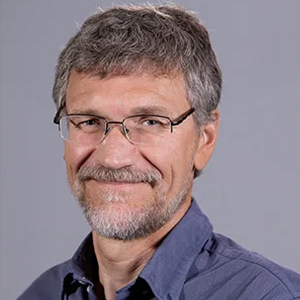
Vadim Cherezov
Vadim Cherezov is an expert in structural biology of membrane proteins involved in human health and disease. He has made significant contributions to the development of methods for membrane protein crystallization in lipidic environment and serial crystallography at synchrotrons and X-ray Free Electron Lasers. His research spans structure-function studies of over 40 different membrane proteins, including approximately 30 human G protein-coupled receptors, most of which are important drug targets, such as adenosine, opioid, angiotensin, melatonin, leukotriene, and metabotropic GABA receptors, among others.
Invited Plenary Lecturer
Larry DeLucas

He has published 173 peer-reviewed research articles in various scientific journals, co-authored and edited several books on protein crystal growth, membrane proteins, and is a co-inventor on 43 patents involving protein crystal growth, novel biotechnologies, and structure-based drug design.
Dr. DeLucas was recognized by the University in 1991 by receiving First Annual UAB "Distinguished Alumnus Award”. In in 1999 he was the Recipient of the Howell Heflin Statesmanship Award for Technology and in 2011 he received the President’s Award for Excellence in Teaching.
DeLucas, a former NASA astronaut, was a member of the 7-person crew of Space Shuttle Columbia for Mission “STS-50”, called the United States Microgravity Laboratory-1 (USML-1) Spacelab mission. Columbia launched on June 25, 1992, returning on July 9, traveling more than 5.7 million miles, making 221 orbits of earth, spending 331 hours in space. In 1994 and 1995, Dr. DeLucas served as the Chief Scientist for the International Space Station at NASA Headquarters in Washington, D.C.
Invited Keynote Speakers
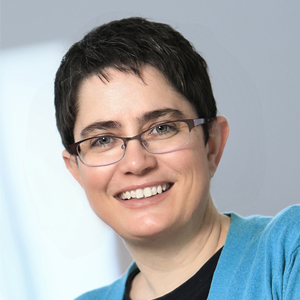
Dr. Sarah EJ Bowman is an Associate Investigator and the Director of the National Crystallization Center at Hauptman-Woodward Medical Research Institute (HWI). She holds affiliate appointments at the University at Buffalo Jacobs School of Medicine and Biomedical Sciences in the Departments of Biochemistry and the Department of Structural Biology.
Dr. Bowman’s research expertise is in using structural and biophysical methods to probe biomolecular structure, function, and dynamics. Her research laboratory develops new methods that combine crystallographic and spectroscopic approaches for metalloproteins, as well as developing new techniques for crystallization of biological macromolecules, for detection of small crystals, and for developing pipelines for cutting edge structural approaches. She also directs the National Crystallization Center, a major resource for the structural biology community worldwide.
Dr. Bowman has a Bachelor of Special Studies in English Literature and Women’s Studies from Cornell College, a Bachelor of Science in Chemistry from Metropolitan State College of Denver, and a Master’s and PhD in Chemistry from University of Rochester. She was awarded an NIH NRSA postdoctoral fellowship during her postdoc at Massachusetts Institute of Technology, and held a postdoctoral position at Los Alamos National Laboratory before starting her independent career at HWI.

Martin Caffrey received a BS degree in Agricultural Science at University College Dublin in 1972. With an MS in Food Science and a PhD in Biochemistry from Cornell University, he embarked on a professorial career in the Chemistry Department at The Ohio State University. In 2003, he returned to Ireland to establish a programme in Membrane Structural and Functional Biology at the University of Limerick. Its mission is to establish the molecular bases for biomembrane assembly and stability and to understand how membranes transform and transmit in health and disease. In 2009, his research group moved to Trinity College Dublin. In the same year, he was elected to membership of the Royal Irish Academy.
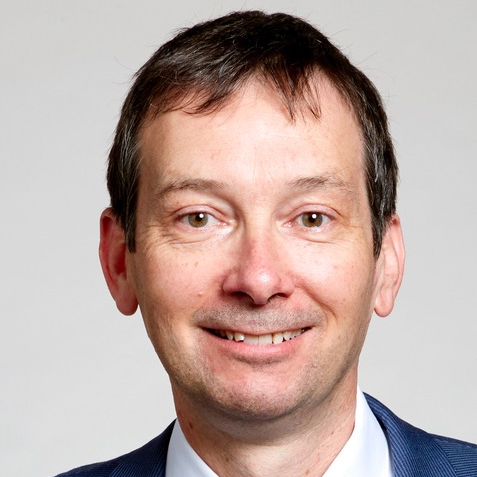
Henry Chapman develops methods in coherent X-ray imaging and helped to create serial femtosecond crystallography as part of his pioneering work to establish the principles of outrunning radiation damage using X-ray free-electron laser pulses. His current research is focused on extracting better structural information from serial diffraction data and in extending the approach down to the smallest possible crystals: that is, single molecules. In this effort he is combining crystallography with extreme focusing to enable time-resolved imaging from 2D crystals and nanocrystals..
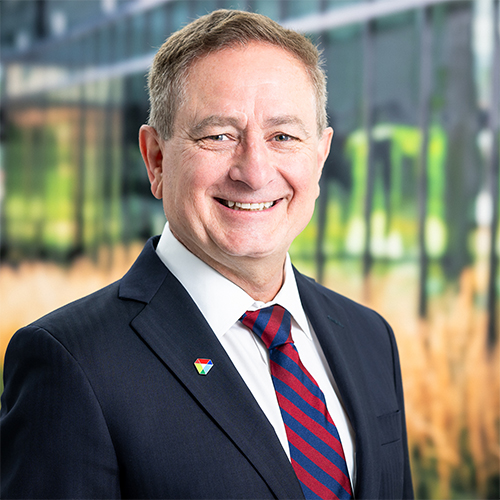
Robert (Bob) Fischetti is the Life Science Advisor to the APS Director and Group Leader of The National Institute of General Medical Sciences and National Cancer Institute Structural Biology facility (GM/CA). Fischetti oversees the development and application of new capabilities to use APS’s very bright X-rays to investigate the structures of infectious diseases, laying the groundwork for treatments and vaccines. Fischetti is an expert in applications of synchrotron radiation, including X-ray optics, beamline design, construction, and operations. His experience with synchrotron radiation started in 1981 as a user at the Stanford Synchrotron Radiation Lightsource (SSRL) in California. Since then, he has built several instruments and full beamlines at NSLS and APS and applied a variety of X-ray techniques to study challenging problems in the biological and environmental sciences. Most recently, Fischetti was at the forefront of work at the APS to understand SARS-CoV-2, the virus that causes COVID-19. Much of what we know about the structure of that virus was learned using the APS. He worked with the life sciences representatives at U.S. light sources and the Diamond Light Source to develop a strategy to minimize the impact of the year-long shutdown of the APS for user access to beamtime.
Fischetti is a member of the DOE Biological and Environmental Research Advisory Committee (BERAC) and the American Crystallographic Society. His group was the recipient of the 201 R&D 100 award for the development of the “Hard X-ray Uni-body Quad Collimator for Structural Biology”
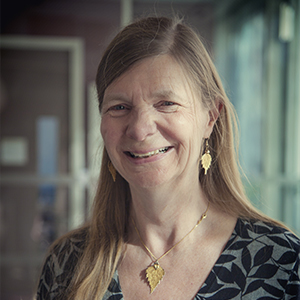
Elspeth Garman is a Professor of Molecular Biophysics Emerita at Oxford University. She started her working life aged 18 as a volunteer teacher in Swaziland, Southern Africa. Following a degree in Physics at Durham University, UK, she research for a D.Phil (PhD) in Experimental Nuclear Structure Physics at Oxford University. After 7 years as a Nuclear Physics Research Officer and Physics Tutor, she changed fields to protein crystallography. Her main research interest is in improving methods for structural biology, particularly in unambiguously identifying metals in proteins using particle induced X-ray emission (PIXE), optimising crystal cryocooling and understanding radiation damage effects during X-ray diffraction experiments as well as finding methods to mitigate them. Her group has written and released the RADDOSE-3D, RABDAM (part of the CCP4 suite) and RIDL software programs. She was President of the British Crystallographic Association 2009-2012. Over the last 30 years, Elspeth has very much enjoyed meeting many young researchers at conferences and while teaching on more than 110 crystallography schools/Workshops round the world, as well as engaging with many members of the public in various forums.
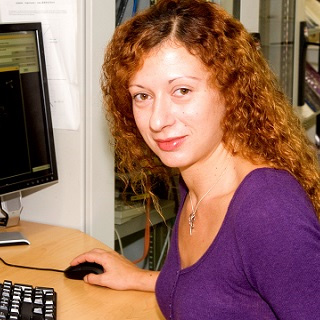
Irene Margiolaki is currently employed as a Professor in the field of "Biochemistry: Structure and Function of Proteins" at the Department of Biology of the University of Patras (UPAT, Patras, Greece). She graduated in Physics in 1999 (University of Crete, Greece). Her D.Phil. thesis on "Structural, Magnetic and Dynamic properties of fullerene- based materials" was completed in 2004 at the Department of Physics, Chemistry and Environmental Sciences, of the University of Sussex, UK. During the period, 2003-2010, she has been employed as an instrument scientist, by the European Synchrotron Radiation Facility (ESRF), in Grenoble, France. An important part of her research at the ID22 high resolution powder diffraction beamline of the ESRF and ongoing research activities is the development of innovative X-ray Powder Diffraction (XRPD) methods for the structural characterization of biological macromolecules, when data-quality single crystals for X-ray crystallography cannot be obtained. In addition, she focuses on the combination of XRPD with synchrotron serial crystallography for the elucidation of peptide and protein structures associated with pharmaceutical importance from microcrystals.
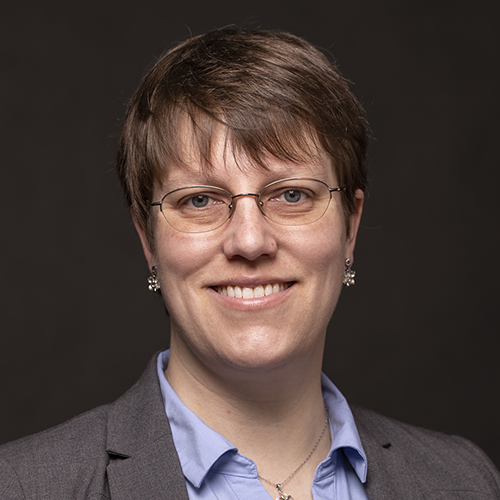
Sarah Perry is an Associate Professor of Chemical Engineering at the University of Massachusetts Amherst. Her research interests are highly interdisciplinary, and utilize self-assembly, molecular engineering, and microfluidic technologies to understand the fundamental principles behind materials design to inform solutions to real-world challenges. In particular, she is known for her work developing X-ray compatible microfluidic platforms for protein crystallization and crystallography.
| Sunday, November 03, 2024 | ||
| 6:00-8:00 pm | Welcome Reception | Biodesign C Patio |
| Monday, November 04, 2024 | ||
| 7:30 am | Registration/check-in, coffee and light breakfast | Memorial Union Ventana C (241C) |
| 8:30-10:00 am | Session 1: Advances in crystallization techniques including High Throughput Crystallization - Chaired by Abel Moreno, Co-Chair Manashi Sonowal
| Memorial Union Ventana C (241C) |
| 10:00-10:30 am | Coffee break | Memorial Union Ventana C (241C) |
| 10:30 am -12:00 pm | Session 2: Crystallization and X-ray structure analysis of membrane proteins - chaired by Vadim Cherezov, co-chair Jay-How Yang
| |
| 12:00-1:30 pm | Lunch on your own | |
| 1:30-2:00 pm | Poster Blitz of poster presenters - Chaired by Petra Fromme | Memorial Union Ventana C (241C) |
| 2:00-2:30 pm | Coffee break | Memorial Union Ventana C (241C) |
| 2:30-4:30 pm | Poster Presentations | Memorial Union Cochise (228) |
| 4:30-6:00 pm | Dinner on your own | |
| 6:00-8:00 pm | Session 3 Crystal Delivery - chaired by Alexandra Ros, co-chair Diandra Doppler
| Memorial Union Ventana C (241C) |
| Tuesday, November 05, 2024 | ||
| 7:30 am | Registration/check-in, coffee and light breakfast | Memorial Union Ventana C (241C) |
| 8:30 - 9:30 am | Plenary Lecture: Larry DeLukas Scientific Astronaut, Soluble Biotech Inc | Memorial Union Ventana C (241C) |
| 9:30 - 10:00 am | Coffee break | Memorial Union Ventana C (241C) |
| 10:00 am -12:00 pm | Session 4 Crystallography Studies at X-Ray Free Electron Lasers and Time-resolved Serial Crystallography - Chaired by Sarah Bowman (tentative), co-chair Peter Smyth (tentative)
| Memorial Union Ventana C |
| 12:00-1:00 pm | Lunch on your own | |
| 1:30 - 4:30 pm | Visit to Desert Botanical Garden | Desert Botanical Garden 1201 N Galvin Pkwy |
| 5:00-7:00 pm | Conference Dinner | Gertrude’s at Desert Botanical Garden |
| Wednesday, November 06, 2024 | ||
| 7:30 am | Coffee and light breakfast | Memorial Union Ventana C (241C) |
| 8:00 - 10:00 am | Session 5 Technical Advances in beamlines and X-ray instrumentation including Compact X-Ray Sources for Crystallography - Chaired by Petra Fromme
| Memorial Union Ventana C (241C) |
| 10:00-10:30 am | Coffee break | Memorial Union Ventana C (241C) |
| 10:30 am -12:15 pm | Session 6: Challenges in structure determination techniques: Micro-ED, CryoEM, SAXS/WAXS, Radiation damage - Chaired by Henry Chapman (tentative), co-chair Kira DeVore (tentative)
| Memorial Union Ventana C (241C) |
| 12:15-1:00 pm | Lunch on your own | Memorial Union |
| 1:00-3:00 pm | Session 7: From small to big: Crystallization for powder X-ray diffraction, Neutron Diffraction, CryoEM and Crystallization under Microgravity - Chaired by Larry DeLucas (tentative), co-chair Nikolas Capra
| Memorial Union Ventana C (241C) |
| 3.00-3:30 pm | Coffee break | Memorial Union Ventana C (241C) |
| 3:30-5:00 pm | Poster presentation session | Memorial Union Alumni Lounge (202) |
| 5:00-6:00 pm | Dinner on your own | Memorial Union |
| 6:00 - 8:00 pm | Session 8: Crystals for Advances in Medicine - Chaired by Sarah Perry (tentative)
| Memorial Union Ventana C (241C) |
Thursday, November 07, 2024 Participants will sign up to the following rotating practical sessions, which take place in parallel during each of the 5 practical session blocks.
| ||
| 8:30 am | Light breakfast on Biodesign C Patio | Biodesign C Patio |
| 9:00 am-11:45 am | Lab tours of CXFEL labs, Biodesign C labs, and Physical Sciences labs | Biodesign C and Physical Sciences |
| 12:00-1:00 pm | Provided lunch on Biodesign C Patio | Biodesign C Patio walk to next practical session |
| 1:15-3:00 pm | Practical Sessions Talks (sign up Monday but can change) | BDC/BDA/PSC/Ey ring Center |
| 3:00-3:30 pm | Coffee Break | Biodesign C |
| 3:30-5:30 pm | Practical Session 1 | BDC/PSC/Eyring Center |
| 5:30 pm | Dinner on your own | |
| Friday, November 08, 2024 | ||
| 8:30 am | Light breakfast on Biodesign C Patio | Biodesign C Patio |
| 9:00 -10:45 am | Rotating Practical Session 2 | BDC/BDA/PSC/Ey ring Center |
| 12:15-2:00 pm | Rotating Practical Session 3 | BDC/BDA/PSC/Ey ring Center |
| 2:30-4:30 pm | Rotating Practical Sessions 4 | BDC/BDA/PSC/Ey ring Center |
Lodging
Some recommended hotels for ASU Visitors:
- Tempe Mission Palms
60 East Fifth Street, Tempe, AZ 85281
Book your Preferred ASU Rate
- Valet or self-parking (included in destination fee)
- Access to health club and fitness center (included in destination fee)
- Airport Shutte Service (included in destination fee)
- High-speed wireless Internet access (included in destination fee)
- Discounted hospitality fee to $12.95 plus tax per room, per night (regularly $19.95 plus tax per room, per night)$19.95 plus tax per room, per night)
ASU corporate rates:
-Now thru September 9, 2024: $101.00
-September 10, 2024 thru December 31, 2024: $184.00
Please see details below on how to book direct using your ASU corporate rate:
How to book direct:
*The ASU corporate rate code is 08176. You can make up to 4 at a time.
Go to hotel website https://www.destinationhotels.com/tempe-mission-palms Choose dates. Click in the “Special rate” box. Scroll down to/choose “Corporate”. Another box will populate with the word “corporate” noted. Type in your 08176 code over the word (corporate) then search.
Please note: ASU has a reduced destination fee of $12.95+ tax.
From there you will proceed with filling out the guest name/guarantee reservation with credit card. I provided a credit card authorization form in the link below to ensure your department is billed for the guest room/tax.
Credit card authorization form link: https://sertifiguidedapi.com/custom/hyatt.aspx
- Hyatt House Tempe/Phoenix/University
Book your preferred ASU rate
601 E. 6th St Tempe, AZ 85281
480-219-5956
- Walking distance to ASU
- Complimentary breakfast
- Complimentary High-speed wireless internet
- Parking is $15.00 per night in a secure parking garage - Hyatt Place Tempe/Phoenix/University
Book your preferred ASU rate
601 E. 6th St Tempe, AZ 85281
480-219-5956
- Walking distance to ASU
- Complimentary breakfast
- Complimentary High-speed wireless internet
- Parking is $15.00 per night - Canopy by Hilton Tempe Downtown
108 E. University Drive
Tempe AZ 85281
480-968-6800
Book your Preferred ASU Rate
- Complimentary WI-FI
- Complimentary Bikes and access to Fitness Center
- Conveniently located to ASU, Gammage and Mill Avenue, walking distance to dining, shopping and nightlife - DoubleTree by Hilton Phoenix - Tempe
2100 S Priest Dr Tempe, AZ 85282
Tempe, AZ 85281
480-804-5264
Book your preferred ASU rate.
- Complimentary daily full hot breakfast
- Complimentary shuttle to and from the Phoenix Sky Harbor Airport/ within 5 mile radius of Hotel
- Complimentary Wi-Fi in all guest rooms
- Complimentary self parking
Topics
Topics of Talks:
- Time-resolved Serial Crystallography
- Studies at X-Ray Free Electron Lasers
- Crystal Delivery
- High Throughput Crystallization for X-Ray Crystallography
- Micro-electron diffraction
- Compact X-Ray Sources for Crystallography
- Technical Advances in the Field
- Sample Preparation for Cryo-EM
- Solid-state NMR
- Neutron Diffraction
- Drug Discovery
- Crystallization under Microgravity
- Advances in Data Evaluation
Topics of Practical Sessions:
- Data evaluation
- LCP crystallization
- SONICC
- DLS
- Counter diffusion
- Microcrystallization for XFELs
- Sample delivery jets
- Sample delivery fixed targets
- X-ray data collection
- Tour of the CXLS
Previous ICCBM meeting locations and dates:
- ICCBM17 Shanghai, China (Organisers: Zhi-Jie Liu & Da-Chuan Yin), October 29 - November 2, 2018
- ICCBM16 Prague, Czech Republic) (Organiser: I Kutá Smatanová), July 2–7, 2016
- ICCBM15 Hamburg, Germany, September 17–20, 2014 (Organisers: C. Betzel & J.R. Mesters)
- ICCBM14 Hunstville, Alabama, September 23–28, 2012 (Organisers: J. Ng & M. Pusey)
- ICCBM13 Dublin, Ireland, September 12–16, 2010 (Organiser: M. Caffrey)
- ICCBM-12 Cancun, Mexico, 6–9 May 2008 (Organiser: A. Moreno)
- ICCBM-11 Quebec, Canada, 16–21 August 2006 (Organisers: S.-X. Lin)
- ICCBM-10 Beijing, China, 5–8 June 2004 (Organiser: Z. Rao)
- ICCBM-9 Jena, Germany, 23–28 March 2002 (Organiser: R. Hilgenfeld)
- ICCBM-8 May 14–19, 2000 San Destin, Florida, USA (Organisers: L. DeLucas, A. Chernov)
- ICCBM-6 Hiroshima, Japan 12–17 November 1995 (Organizers: T. Ashida, H. Komatsu)
- ICCBM-5 San Diego, California, USA, 8–13 August 1993 (Organizers: E.A. Stura, J. Sowadski, E. Villafranca)
- ICCBM-4 Freiburg, Germany 18–24 August 1991 (Organizers: J. Stezowski and W. Littke)
- ICCBM-3 Washington DC USA, 13–19 August 1989 (Organiser: K Ward)
- ICCBM-2 Bischenberg, Strasbourg, France, 19–25 July 1987 (Organisers: R. Giege, A. Ducruix, J. Fontecilla-Camps)
- ICCBM-1 Stanford, California, USA, 14–16 August 1985 (Organiser: R. Feigelson)